Traumatic brain injuries (TBI) cause over 1 million emergency room visits per year in the United States and over 50,000 deaths annually.
The number of TBI incidents is increasing and affects all ages. According to the Centers of Disease Control (CDC), falls cause 55% of TBI for children under the age of 14 and 81% for adults over the age of 65.
Motor vehicle accidents are the number one cause of TBI for ages 5-24 and the second leading cause of TBI-related deaths in the United States.
Recent studies have shown that concussions (TBI) are responsible for 8-12% of injuries in high school and collegiate athletes; contact sports are responsible for 19% of TBI injuries in athletes.
A concussion is a mild traumatic brain injury (mTBI) defined as a temporary and fully reversible metabolic brain injury with no structural damage identifiable through imaging.
Symptoms of a concussion may present initially as subtle and seemingly unrelated to head trauma, such as lack of coordination, imbalance, light or sound sensitivity or visual changes (i.e. doubling, bouncing or blurry vision). Concussions are diagnosed by a history of head trauma with at least 3 symptoms of the following present:
- Dizziness or vertigo
- Headache
- Fatigue
- Irritability or aggression with little or no provocation
- Disordered sleep: either too much or too little
- Anxiety, depression, affective lability, or reduced tolerance to stress
- Impaired memory, especially short-term or events surrounding incident
Complete concussion recovery occurs within 21 days in 80% of cases, with the other 20% of cases having a lengthy (protracted) recovery lasting from 5 weeks to 5 months. The number one initial symptom correlated with a protracted recovery is dizziness. Other indicators include:
- Previous concussions
- History of migraines
- History of motion sensitivity
- Concurrent whiplash injury
- Returning to play/work immediately following concussion or prior to full recovery
On the other hand, loss of consciousness and vomiting indicate a speedy recovery secondary to the suspected neural reset that occurs at the time of the injury.
A qualified health care professional can diagnose a TBI with the initial diagnostic screen taking place at the site of the injury. In sports-related injuries a certified athletic trainer, physical therapist or physician should perform the initial testing.
Current protocol includes a 5 minute vestibular/ocular motor screening (VOMS) to help diagnose concussions accurately during the athletic or accident event. In addition, computed tomography (CT) scans and magnetic resonance imaging (MRI) scans can be utilized to rule out serious injuries including brain bleeding, brain lesions, skull fractures and white matter damage.
There is no quick fix or miracle medication to prevent nerve damage or improve brain function following a TBI. Physical therapy from a qualified specialist can help speed the recovery.
This is the first of a series of articles focusing on TBI and vestibular disorders including vertigo, dizziness, motion sickness, postural instability, hearing and vision changes and difficulty concentrating and forgetfulness.
Diana Huffman PT, DPT, is a certified vestibular specialist at Avid Physical Therapy. She has extensive training as a Doctor of Physical Therapy in vestibular therapy and can be reached at (760) 347.6195 or visit avidphysicaltherapy.com






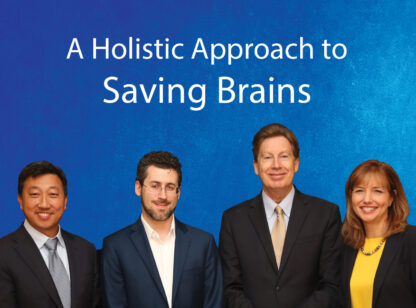
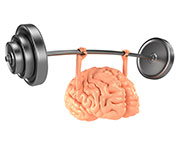
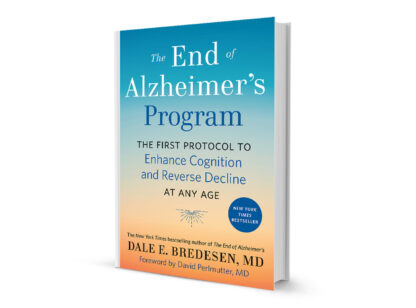





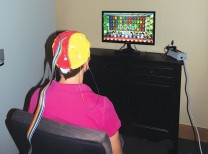

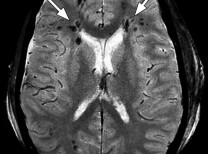

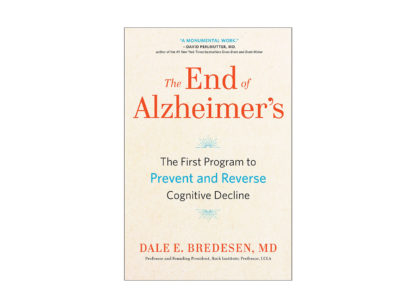
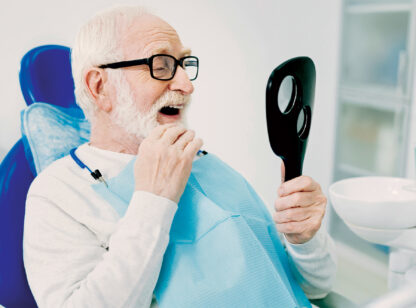




























Comments (0)